
Discover the average professional organizer cost, what influences pricing, and how to budget for your next home organization project.
Pack it up, pack it in


Whether you’re downsizing, moving, or just need a little extra space, renting a storage unit can help you free up some room. However, without the right strategy, you may find yourself paying for more space than you need or struggling to locate items. Luckily, our storage unit tips can help you pack efficiently, save money, and keep your belongings in the best condition.
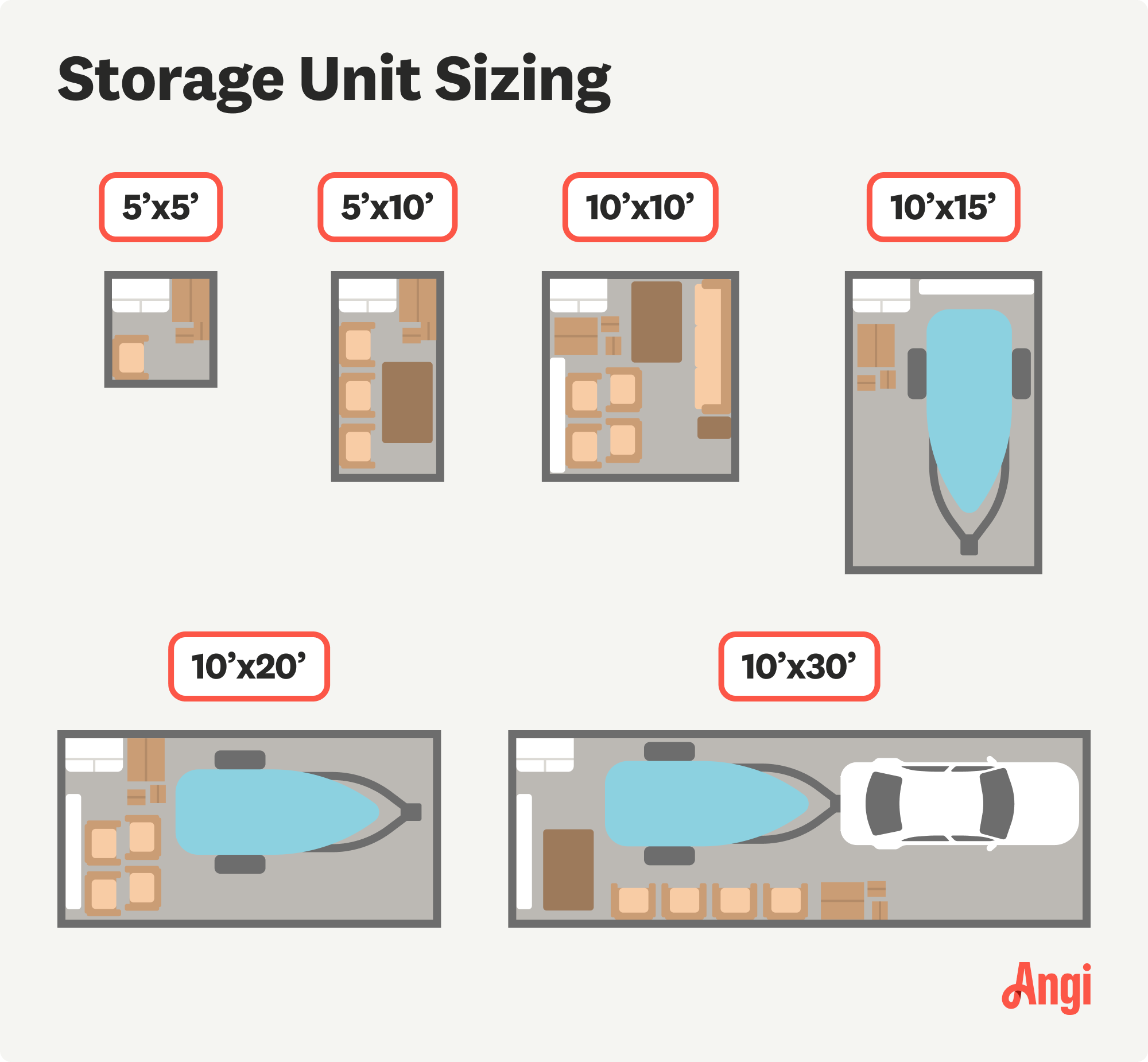
Before anything, take inventory of what you’re storing. It can be hard to gauge how much space you actually need, which could result in wasting money on an oversized unit. Create a list of items to store, along with the measurements of any furniture.
A typical 5’x5’ unit is good for about a small walk-in closet’s worth of items, while a 10’x10’ can fit the furniture of a one-bedroom apartment, and a 10’x20’ is about the size of a one-car garage.
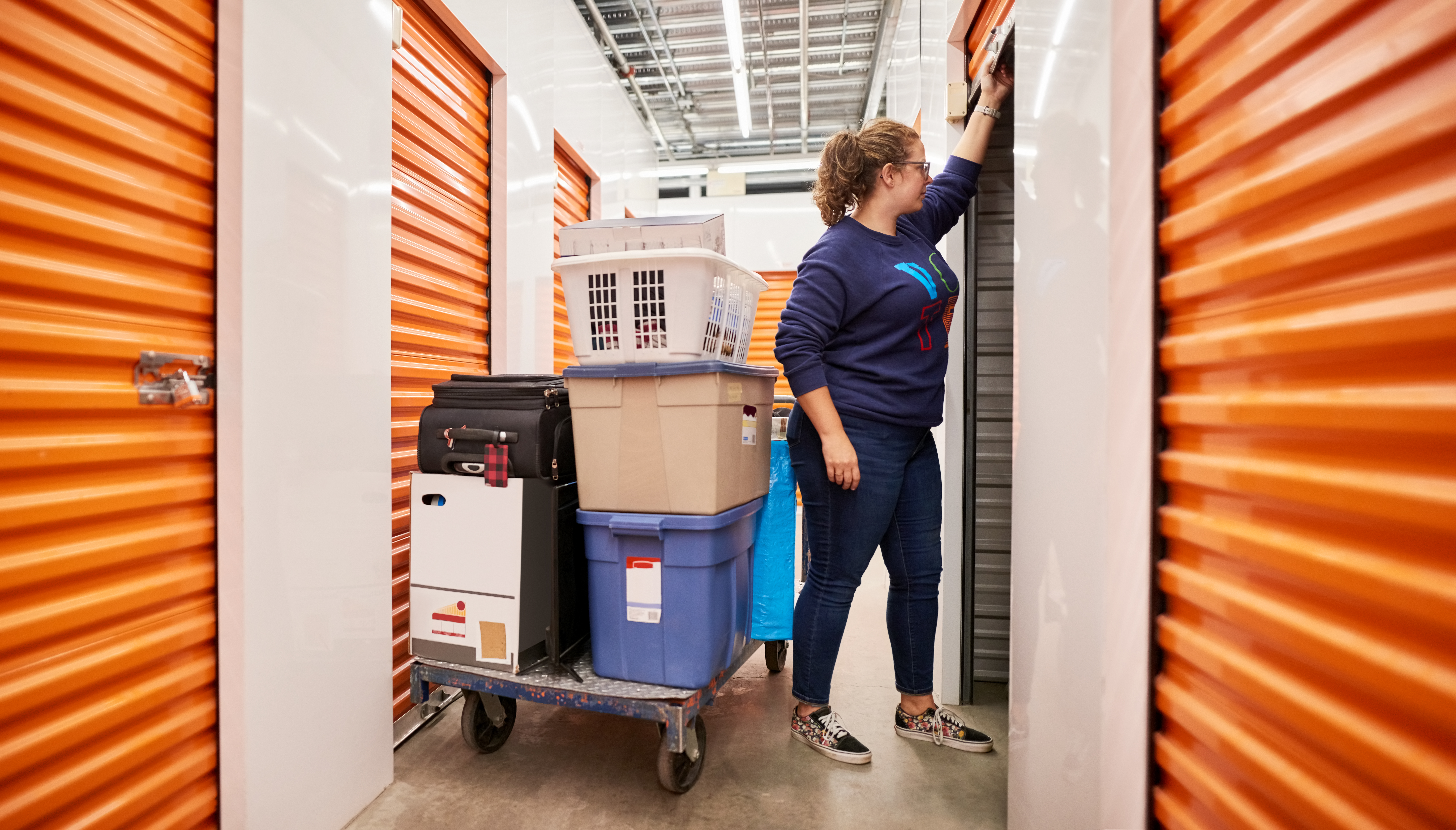
It’s tempting to skimp on packing materials since your stored items will be tucked away for months, but this out-of-sight, out-of-mind approach isn’t a good idea. Weaker boxes will collapse under pressure and potentially damage valuable or fragile inventory. Your best bet is to invest in heavy-duty containers. They may be a little extra money, but you’ll have peace of mind knowing your belongings are safe and in good condition.
All layout plans follow the same basic principles regardless of the unit’s size. Place large furniture items, cabinets, or appliances against the back wall. This forms a foundation that you can stack on. That way, you’re maximizing floor space while also offering easier access to smaller items or items you’re going to use most often.
In the same vein, regardless of what you’re storing, items will be stacked the same way: heavy on the bottom, light on the top. Desks and boxes of tools are a strong foundation, with medium-weight items sandwiched in the middle, and lightweight items—like clothes and linens—at the top. Of course, you may want to arrange certain belongings to be easier to access, but the weight principle remains the same. This prevents crushing and creates a stable tower that won’t topple over.
Although you’ll be stacking items, you still need space in between those walls of boxes. Create an L-shaped main aisle down the center of the space. It should be at least a few feet wide to accommodate walking and moving boxes around. Since this is a tough needle to thread, you may want to find garage and storage organizers near you to set your unit up, so trips to the facility are quick and simple.
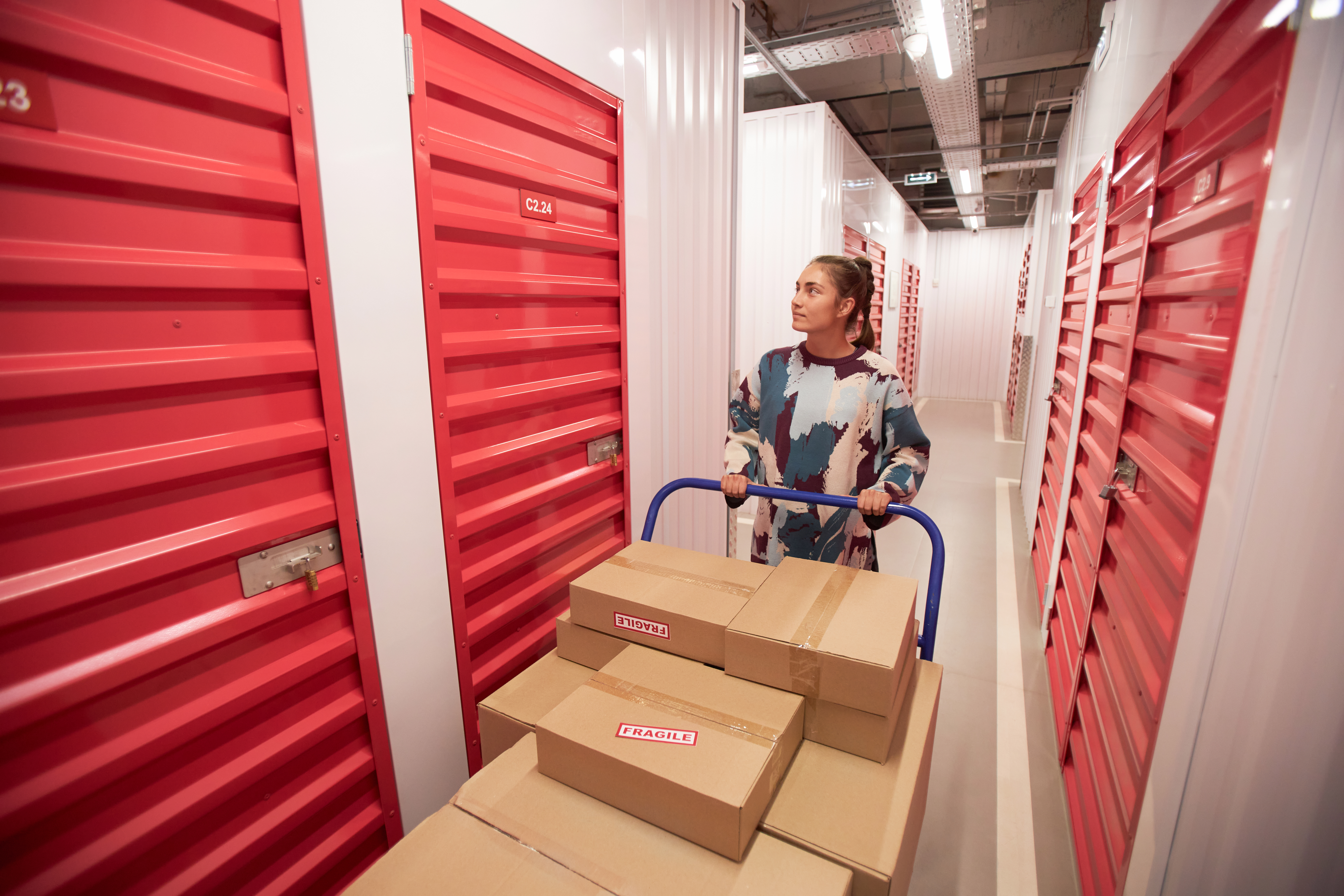
Another way to keep the unit organized and accessible is by properly labeling everything. On each side of every box, include a label with the category and specific contents in the box. Spending time pulling out a bunch of different boxes just labeled “kitchen items” when you’re looking for a specific piece will soon become maddening.
Some items will be needed more often than others, so place items you'll need to access regularly near the entrance of your storage unit. For instance, many people put seasonal decorations close to the entrance since they’ll be needed at least annually. This system saves time and prevents the headache of digging through stacks of boxes to find what you need.
Not sure how to store furniture in a storage unit so it doesn’t get damaged? First, disassemble large pieces to save space and prevent damage. Next, wrap furniture in plastic covers or moving blankets to protect against dust and moisture.
If you’re also storing appliances, clean them thoroughly to prevent mold and mildew. Remove all liquids and food items, because the last things you need are leaks and pests.
We’ve been assertive about using every inch of the storage unit for a good reason: facilities charge by square footage, so every bit of space counts. With that in mind, feel free to fill dresser drawers and dryers with smaller boxes and items. Portable wardrobes and ceiling or wall hooks can also be useful. Every inch counts, so make the most of it.
Whether you’re storing a lot or a little, it’s important to maintain an inventory list of every item in the unit. It’ll keep the unit organized and help you determine what you may want to keep or donate once you decide to empty the unit. Additionally, this list can come in handy for insurance purposes if the unexpected occurs.
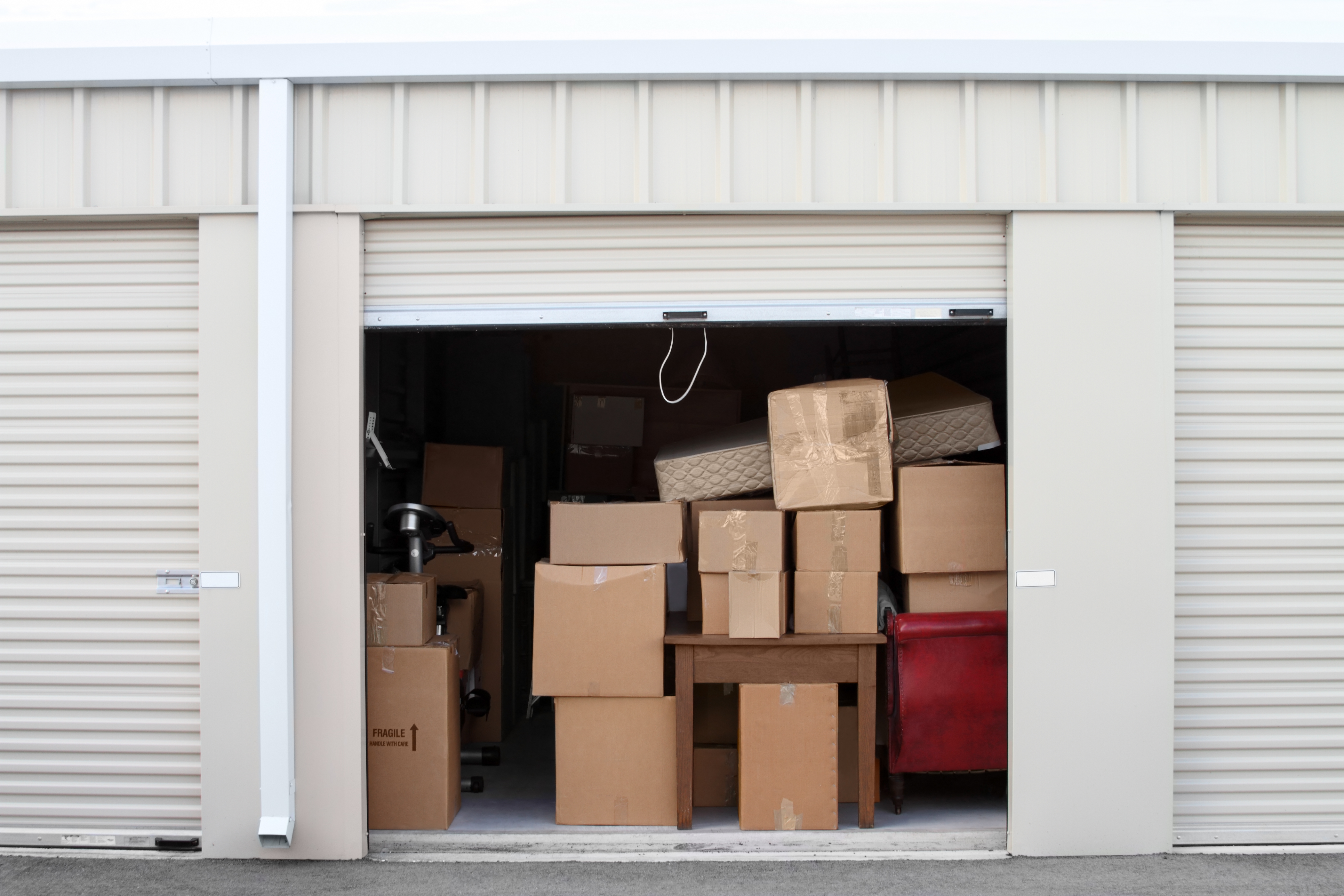
Not all items need climate-controlled storage, but some definitely do. Electronics, wooden furniture, important documents, photographs, and musical instruments are particularly sensitive to changes in temperature and humidity.
Keep in mind that not all storage facilities offer climate-controlled units, so if you have sensitive belongings, confirm that the company can meet your storage needs. While climate-controlled units do cost more, they can prevent thousands of dollars in damage to valuable items. Consider it insurance for your most precious belongings.
Storage costs can add up quickly, but several strategies can help you save money. Many facilities offer discounts for longer rental commitments, so ask about extended-term rates. You can also share a larger unit with friends or family to split costs. Many companies offer move-in specials and first-month-free promotions, so be on the lookout for those as your research unfolds. The best moving organization tip? Declutter ruthlessly before storing. The less you store, the smaller and cheaper the unit you’ll need.
From average costs to expert advice, get all the answers you need to get your job done.

Discover the average professional organizer cost, what influences pricing, and how to budget for your next home organization project.

Declutter and maximize your space with these eight smart storage tips for messy closets, cupboards, and drawers around your home.

If your home is a bit messy, that’s perfectly normal. Trusting a professional home organizer to revamp your space can be worth the cost. Here’s how to find and hire a professional organizer.
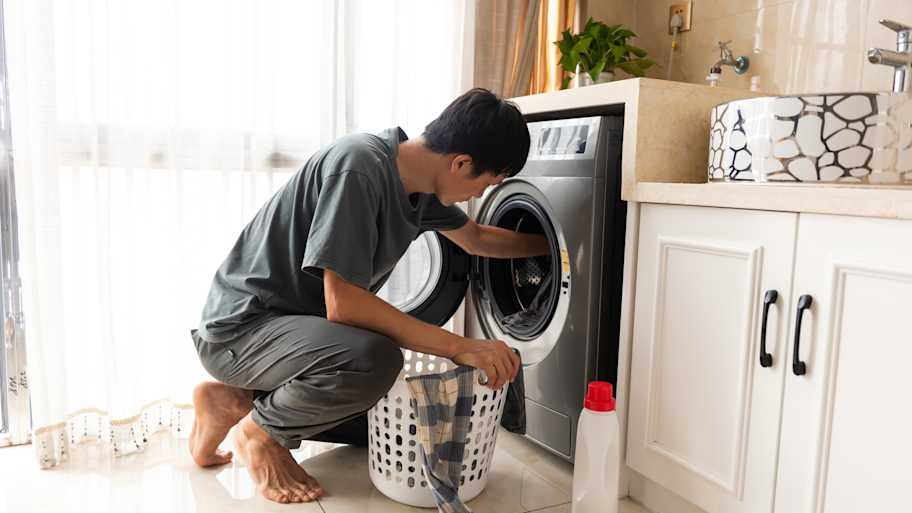
Maximize space and reduce clutter with these smart laundry room organization tips that boost function and even your home’s resale appeal.
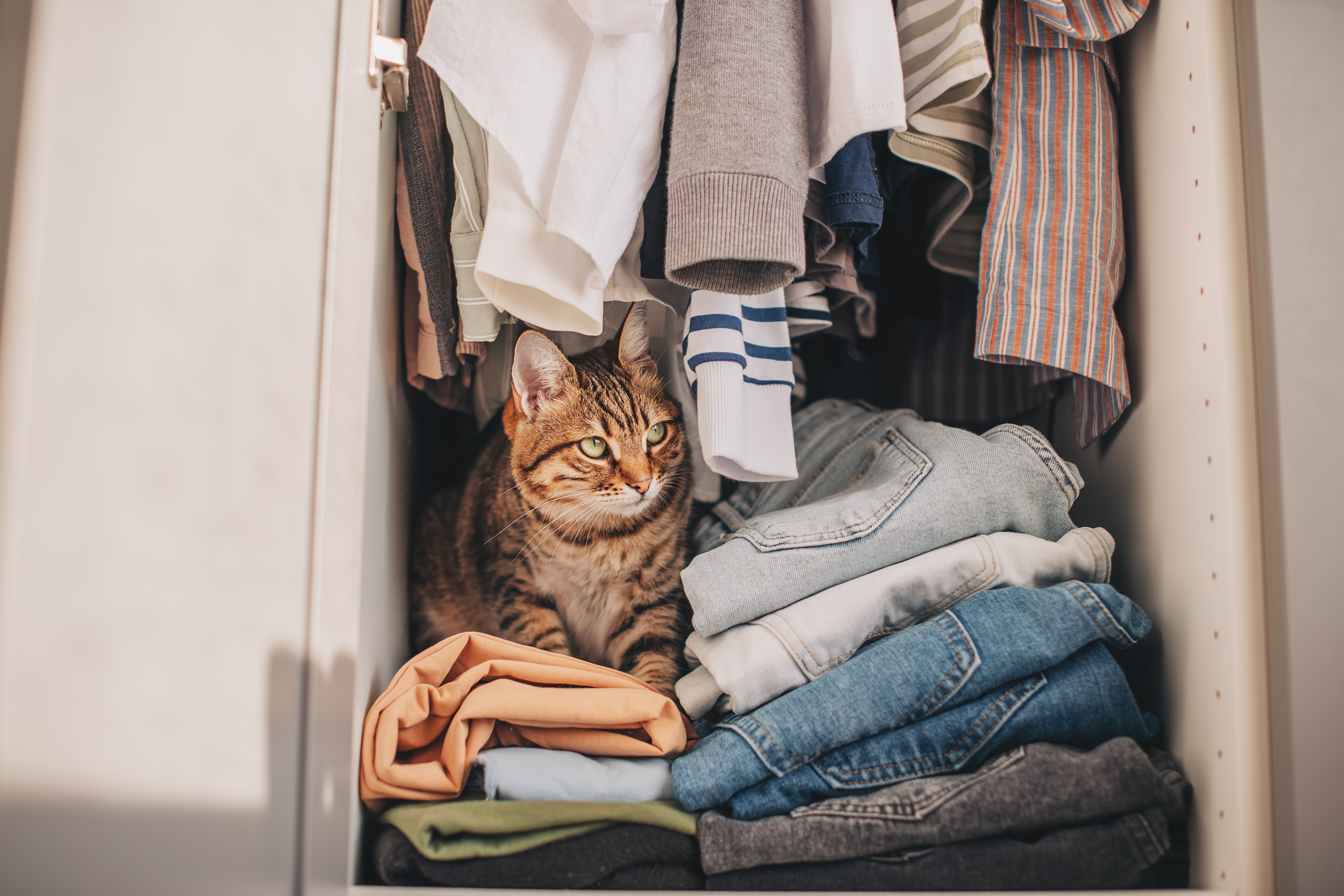
Discover small closet organization tips to maximize space, reduce clutter, and create a stylish, functional storage area that suits your needs.
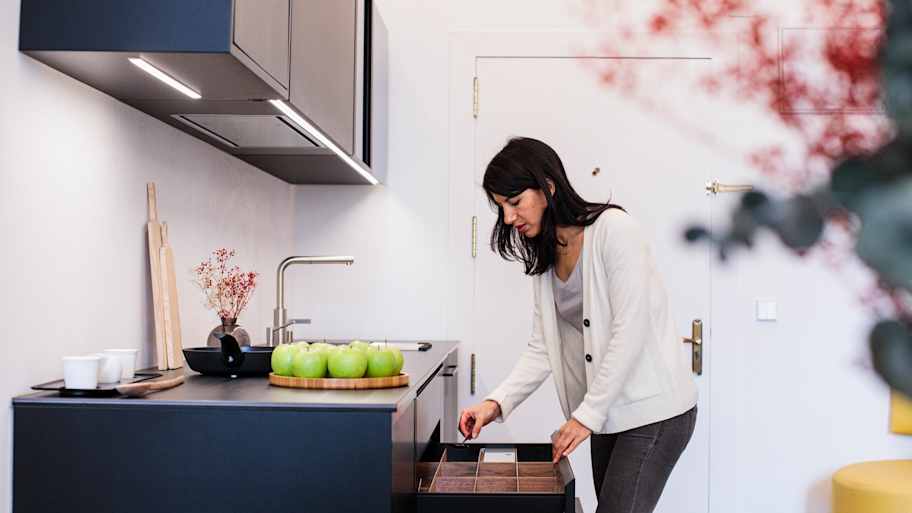
These kitchen drawer organization tips will reduce time spent rifling through the kitchen looking for what you need. Learn how to organize your kitchen.